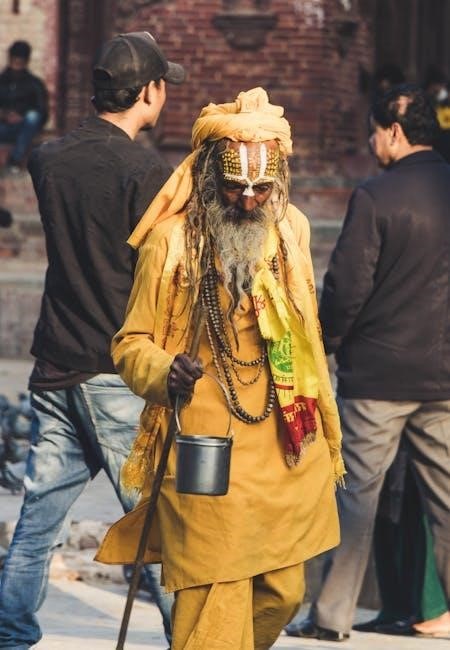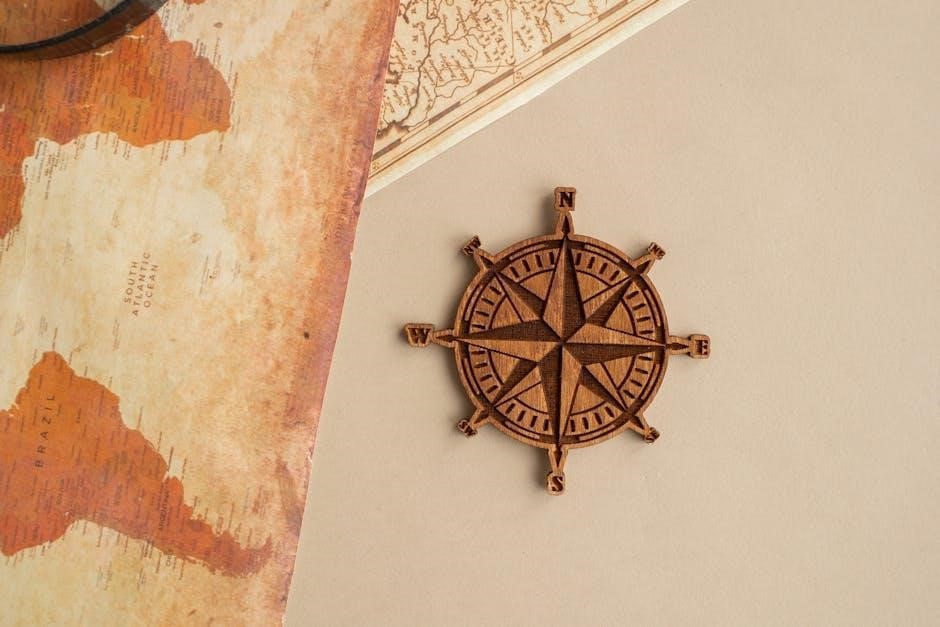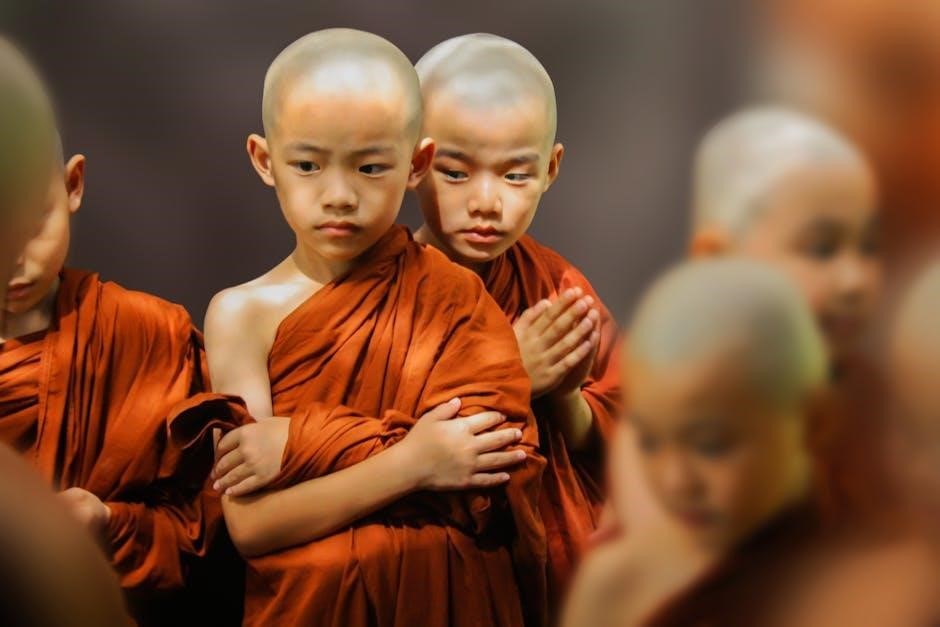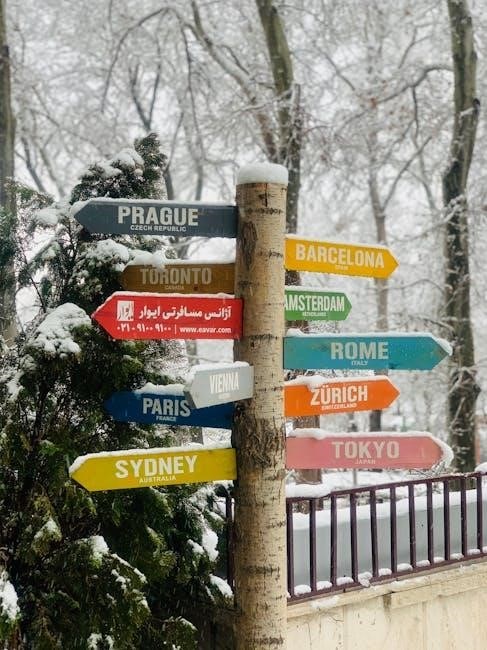Embark on a journey of enlightenment with our D&D 5e Monk guide! Unlock the secrets of Ki, master martial arts, and become a force of balance. Explore optimal builds, races, and subclasses to forge your unique path as a formidable Monk.
The Monk in D&D 5e is a master of martial arts, harnessing inner energy known as Ki to perform extraordinary feats. Unlike other classes reliant on armor or weaponry, Monks depend on their bodies, agility, and spiritual discipline. They are versatile combatants, excelling as strikers, scouts, and even defenders, adapting to various roles within a party.
Monks prioritize Dexterity and Wisdom, enhancing their Armor Class, attack rolls, and Ki abilities. Their unarmed strikes grow stronger as they level, eventually rivaling weapons. At level 3, Monks choose a Monastic Tradition, defining their unique fighting style and granting specialized abilities. These traditions range from the Way of the Open Hand, focused on martial prowess, to the Way of Shadow, emphasizing stealth and deception, and the Way of Mercy, blending combat with healing.
Monks are lightly armored, relying on dodging and mobility to survive. Their high speed allows them to dart in and out of combat, striking quickly and evading danger. With their Ki-fueled abilities, Monks can stun opponents, deflect projectiles, and even heal themselves, making them formidable and adaptable adventurers.
Key Monk 5e Abilities
The Monk class in D&D 5e boasts a unique set of abilities fueled by Ki, their inner energy. Unarmored Defense allows Monks to forgo armor, using their Wisdom and Dexterity to calculate AC, enhancing survivability. Martial Arts proficiency enables unarmed strikes to deal increasing damage, eventually surpassing weapon attacks. Ki is a limited resource, powering many Monk abilities.
Flurry of Blows lets Monks make two additional unarmed strikes as a bonus action, maximizing damage output. Patient Defense allows dodging, granting disadvantage on enemy attack rolls. Step of the Wind doubles jump distance and grants disengage as a bonus action, enhancing mobility. Stunning Strike is a potent ability that can incapacitate foes, removing them from the fight.
Deflect Missiles allows Monks to catch projectiles and hurl them back at attackers, turning defense into offense; Slow Fall negates falling damage, ensuring survivability in precarious situations. Extra Attack grants two attacks per action, increasing damage. These core abilities, combined with Monastic Tradition features, make Monks adaptable and formidable combatants.
Ki-Empowered Strikes allows unarmed strikes to overcome resistance to nonmagical attacks, further improving damage output. Overall, the monk’s abilities focus on martial arts, mobility, and the control of Ki energy.
Prioritizing Ability Scores: Dexterity and Wisdom
For any aspiring Monk in D&D 5e, understanding ability score prioritization is crucial for optimizing character effectiveness. Dexterity reigns supreme as the primary attribute, influencing attack rolls, damage, Armor Class (AC), and numerous skills. High Dexterity ensures accurate strikes, improved defense, and agile movement, making it the cornerstone of any Monk build. It’s so important for a Monk to have a high dexterity score.
Wisdom follows closely as the secondary priority, powering key Monk abilities and defenses. Wisdom directly impacts the Monk’s AC when unarmored, bolstering survivability. Furthermore, it determines the effectiveness of Ki abilities like Stunning Strike, making it essential for crowd control and debilitating foes. Wisdom also bolsters skills like Insight and Perception, enhancing situational awareness.
Constitution is a distant third, contributing to hit points and concentration saves. While important for survivability, it should not overshadow Dexterity or Wisdom. Strength, Intelligence, and Charisma hold minimal value for most Monk builds and can be safely neglected. Prioritizing Dexterity and Wisdom ensures a Monk’s combat prowess, defensive capabilities, and Ki-powered abilities are maximized, creating a formidable and versatile character.
Focusing primarily on dexterity and wisdom will ensure you have a formidable and versatile monk!
Best Races for a Monk Build
Selecting the right race significantly enhances a Monk’s capabilities in D&D 5e. Several races synergize exceptionally well with the Monk’s core mechanics, providing valuable attribute bonuses and unique traits. Wood Elves stand out with their +2 Dexterity and +1 Wisdom, perfectly aligning with the Monk’s primary ability score needs. Their increased movement speed and Mask of the Wild further bolster their agility and stealth.

Variant Humans offer a versatile option, granting a +1 to two different ability scores, a skill proficiency, and a feat. This allows for customization and early access to powerful feats like Mobile or Observant. Aarakocra provide +2 Dexterity and +1 Wisdom, along with the ability to fly, granting unparalleled mobility and tactical advantages.
Other noteworthy choices include the Tabaxi, with their +2 Dexterity and +1 Charisma, and the Kenku, known for their mimicry and skill proficiencies. The Protector Aasimar’s +2 Wisdom and radiant damage boost can also be effective. Ultimately, the best race depends on the desired playstyle and campaign setting, but races that boost Dexterity and Wisdom consistently prove to be optimal choices for maximizing a Monk’s potential.
Consider these races when making your next monk! Remember that you want to max out dexterity and wisdom.
Monastic Traditions (Subclasses): Overview
At level 3, Monks in D&D 5e choose a Monastic Tradition, also known as a subclass, which defines their unique fighting style and abilities. These traditions offer diverse paths, each catering to different playstyles and strategic preferences. The Way of the Open Hand focuses on unarmed combat mastery, granting enhanced damage, control over opponents, and healing abilities.
The Way of Shadow emphasizes stealth and deception, allowing Monks to teleport, become invisible, and manipulate shadows. The Way of the Four Elements harnesses elemental powers, enabling Monks to cast spells and control the elements around them. The Way of the Drunken Master embraces unpredictable movements and misdirection, turning clumsiness into an advantage.
The Way of Mercy blends martial arts with healing, allowing Monks to mend wounds and deliver swift justice. The Way of the Astral Self allows Monks to manifest their astral form, enhancing their reach and combat prowess. Each tradition offers a distinct set of features and abilities, shaping the Monk’s role in the party and their approach to challenges. Selecting a tradition is a pivotal decision, defining the Monk’s identity and combat style throughout their adventuring career.

There are many subclasses to chose from! Make sure you do your research to find the subclass that suits you best!
Way of the Open Hand Monk
The Way of the Open Hand is a classic Monastic Tradition in D&D 5e, focusing on the mastery of unarmed combat and the manipulation of Ki to control opponents. Open Hand Monks excel at dealing damage and disrupting enemies, making them formidable front-line fighters; At 3rd level, they gain Open Hand Technique, adding extra effects to their Flurry of Blows, such as knocking enemies prone, pushing them away, or preventing them from taking reactions.
At 6th level, Wholeness of Body grants the ability to heal themselves, providing valuable self-sustain. At 11th level, Tranquility allows them to enter a meditative state, gaining temporary hit points at the start of each combat. Finally, at 17th level, Quivering Palm allows them to set up a deadly strike, potentially instantly killing a target. The Way of the Open Hand is an excellent choice for players who enjoy dealing high damage, controlling the battlefield, and being self-sufficient. It’s a straightforward yet effective tradition that embodies the essence of the Monk class.
The Open Hand Monk is a great choice for players who want to be in the thick of the fight, dealing damage and controlling the battlefield. If you are looking for a subclass that is easy to learn and play, the Open Hand Monk is a great choice.
Way of Shadow Monk
The Way of Shadow Monk is a Monastic Tradition in D&D 5e that emphasizes stealth, deception, and the manipulation of shadows. Shadow Monks are masters of infiltration, espionage, and assassination, using their Ki to blend into the darkness and strike from the shadows.
At 3rd level, they gain Shadow Arts, allowing them to cast spells like darkness, pass without trace, and silence using Ki points. They also gain the ability to teleport between shadows, enhancing their mobility and stealth. At 6th level, Cloak of Shadows allows them to turn invisible in dim light or darkness. At 11th level, Opportunist allows them to make an attack of opportunity against a creature that is attacked by another ally; Finally, at 17th level, Shadow Step allows them to teleport up to 60 feet to an unoccupied space in dim light or darkness as a bonus action.
The Way of Shadow is an excellent choice for players who enjoy stealth, intrigue, and playing a more unconventional Monk. It’s a versatile tradition that allows Monks to excel in both combat and social situations. If you are looking for a subclass that is different from the other Monk subclasses, the Shadow Monk is a great choice.

Way of Mercy Monk
The Way of Mercy Monk is a Monastic Tradition focused on healing and protecting others, while still maintaining the Monk’s martial prowess. These monks are skilled in medicine and use their Ki to mend wounds, alleviate suffering, and even deliver swift justice when necessary.
At 3rd level, they gain the feature “Implements of Mercy,” granting proficiency in Insight, Medicine, and using healer’s kits. They also learn “Hand of Healing,” allowing them to spend Ki to heal a creature they hit with an unarmed strike. At 6th level, “Hand of Harm” allows them to deal necrotic damage instead of healing, poisoning enemies. At 11th level, “Physician’s Touch” lets them remove conditions like blinded, deafened, paralyzed, poisoned, or stunned. Finally, at 17th level, “Master of Mercy” allows them to use Hand of Healing or Hand of Harm for free once per turn.
The Way of Mercy Monk is a fantastic choice for players who want to support their party while still being effective in combat. They are versatile healers and capable fighters, making them valuable assets in any adventuring group. This subclass offers a unique blend of healing and damage, providing a well-rounded and engaging playstyle.
Optimization Tips for Monks in D&D 5e
Optimizing your Monk in D&D 5e involves maximizing their strengths: mobility, Ki usage, and unarmed combat. Prioritize Dexterity and Wisdom, as they fuel your AC, attack rolls, damage, and Ki abilities. Consider races that boost these stats, such as Wood Elves or Aarakocra, enhancing your Monk’s effectiveness.
Effective Ki management is crucial. Utilize Stunning Strike judiciously to control the battlefield, but be mindful of your Ki points. Short rests are your friend, allowing you to replenish your Ki reserves regularly. Choose Monastic Traditions that align with your playstyle. The Way of Mercy offers healing, while the Way of Shadow excels in stealth.
Don’t neglect feats. Mobile increases your speed and allows hit-and-run tactics, while Observant boosts Wisdom and perception. Consider multiclassing for specific benefits, but be cautious not to dilute your Monk’s core abilities. A few levels in Rogue can add expertise in skills, enhancing your utility. Ultimately, a well-optimized Monk is a versatile and powerful force on the battlefield, capable of adapting to various situations.
Feats for Monks
Selecting the right feats can significantly enhance a Monk’s capabilities in D&D 5e. While Monks are less feat-reliant than some other classes, certain feats synergize exceptionally well with their abilities. Mobile is a top choice, granting increased movement speed and the ability to avoid opportunity attacks after making an attack. This greatly improves a Monk’s hit-and-run tactics.
Observant is another valuable feat, boosting both Wisdom and your passive Perception and Investigation scores. This makes your Monk more perceptive and insightful, both in and out of combat. Lucky provides you with three luck points, allowing you to reroll attack rolls, ability checks, or saving throws, adding a layer of reliability to your Monk.
Tough is a simple yet effective feat that increases your hit point maximum, making you more durable in combat. Consider Resilient (Constitution) to gain proficiency in Constitution saving throws, which helps maintain concentration on spells if you multiclass, and provides a buffer against debilitating effects. Ultimately, the best feats for your Monk will depend on your specific build and playstyle, but these options offer a solid foundation for enhancing your character.
Multiclassing Options for Monks
Multiclassing can open up exciting possibilities for Monks in D&D 5e, allowing you to blend their martial prowess with other class features. A popular choice is the Rogue, particularly the Assassin or Thief subclasses. The Rogue’s expertise can enhance skills like Stealth and Acrobatics, complementing the Monk’s agility. The Assassin’s assassination ability can provide a devastating burst of damage at the start of combat, while the Thief’s Fast Hands feature allows for more versatile bonus actions.
Another intriguing option is the Ranger, specifically the Hunter or Gloom Stalker subclasses. The Ranger’s Favored Enemy and Natural Explorer abilities can provide situational advantages, while Hunter’s Mark enhances damage output. The Gloom Stalker’s Dread Ambusher ability synergizes well with the Monk’s high mobility, allowing for surprise attacks. For a more unconventional approach, consider a dip into Cleric, particularly the Life or War domains.
The Cleric’s healing spells can supplement the Monk’s survivability, while the War domain provides martial proficiencies and combat-oriented abilities. Ultimately, the best multiclass for your Monk will depend on your desired playstyle and the specific campaign setting, but these options offer a starting point for creating a unique and powerful character.
Roleplaying a Monk
Roleplaying a Monk in D&D 5e offers a wealth of opportunities to explore themes of inner peace, discipline, and enlightenment. Consider your Monk’s backstory: What led them to the monastic life? Were they seeking refuge from a troubled past, or were they drawn to the pursuit of physical and spiritual perfection? Defining their motivations will inform their interactions with the world and the choices they make.
Monks often adhere to a strict code of conduct, guided by principles such as compassion, humility, and self-control. How does your Monk embody these virtues, and what challenges do they face in upholding them? Perhaps they struggle with anger or temptation, or they find themselves at odds with the values of the outside world. Explore these internal conflicts to create a compelling and relatable character.
Consider also your Monk’s relationship with their Ki. Do they view it as a source of power to be harnessed, or as a sacred energy to be revered? How do they train and meditate to cultivate their Ki, and what rituals do they perform? By delving into these aspects of your Monk’s inner life, you can bring depth and nuance to their portrayal, making them more than just a skilled martial artist.

Equipment and Weapons for Monks
Monks in D&D 5e are unique in their reliance on unarmed strikes and simple weapons, often eschewing heavy armor for mobility and freedom of movement. While Monks are proficient with simple weapons and shortswords, their unarmed strikes become increasingly potent as they level up, making them formidable combatants even without traditional weaponry. The Dedicated Weapon feature, if allowed, expands options, but isn’t essential.
Consider the thematic and practical implications of your Monk’s weapon choices. A quarterstaff can serve as a versatile tool for both offense and defense, while a set of darts might offer a ranged option in a pinch. Ultimately, the best weapon for a Monk is one that complements their fighting style and allows them to maximize their Ki-fueled abilities.
Beyond weapons, Monks often carry minimal equipment, prioritizing practicality and self-sufficiency. A traveler’s clothes, a pouch for carrying essential items, and perhaps a musical instrument or set of artisan’s tools are common choices. The absence of bulky armor allows Monks to move swiftly and stealthily, making them well-suited for exploration and infiltration. Remember that a Monk’s greatest asset is their skill and discipline, not their material possessions;

Be First to Comment